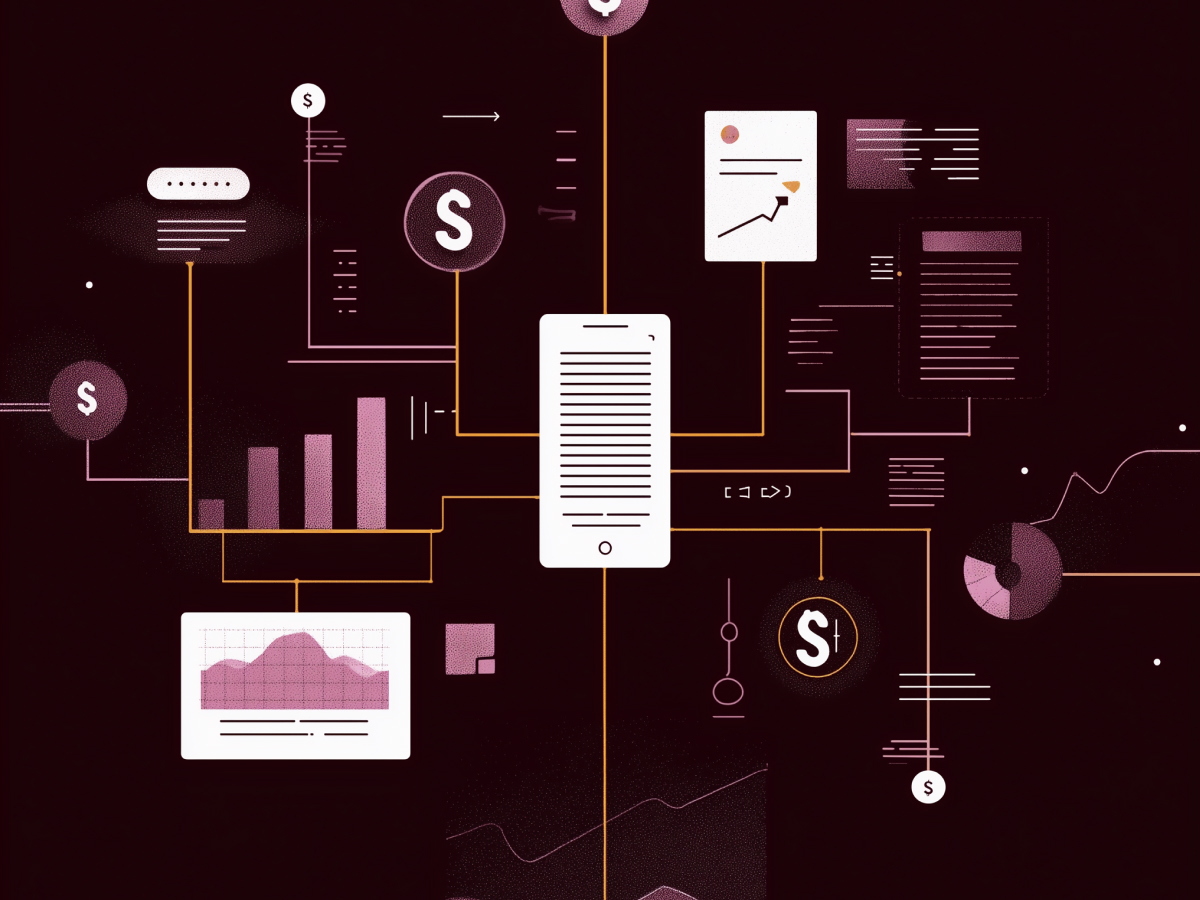Generative AI frequently produces inaccurate content
Generative AI is moving fast. But speed and elegance don’t mean it’s always right. Large language models, like the ones powering most of today’s GenAI tools, operate by predicting the next word based on a statistical model, not real-world knowledge. They don’t understand what they’re saying. They just know what “sounds” right, statistically speaking. That’s their job: create fluent, plausible language based on patterns they’ve seen before.
This leads to a critical problem. These systems can produce text that feels smart and confident, but it isn’t guaranteed to be true. The eloquence of these models is often misleading. Something can look well written, credible even, and still be fundamentally flawed. This becomes an expensive risk when businesses start making decisions based on GenAI output without verifying it.
Executives should get this straight: GenAI doesn’t have intent. It replicates knowledge patterns, some real, some inaccurate. So even confidently delivered information from AI must be questioned, tested, and verified before it’s used for anything strategic. Mistakes aren’t bugs in these models, they’re expected outcomes if left unchecked.
Matt Aslett, Director of Research, Analytics, and Data at ISG, points out that “LLMs have no semantic understanding of the words generated.” They don’t know truth from falsehood, they just create what fits the input pattern. Mike Miller, Senior Principal Product Leader at Amazon Web Services, reinforces this by noting how these models “can sound eloquent” even when the reply is inaccurate or entirely fabricated.
If you view GenAI as a co-pilot, you have to validate what it’s showing you. Never hand over the controls without review, especially when it tends to sound certain, even when it’s not.
Verification and human oversight are essential
Use AI, but never use it blind. Verification is mandatory. GenAI can draft content, answer questions, and even generate internal reports. But executives should never mistake speed for reliability. Always verify. Humans must remain in the loop, not just to review the outputs, but to challenge them when they don’t align with known truths.
The best organizations put systems in place to check AI-generated responses against trusted internal data, public standards, or regulatory benchmarks. This can come in the form of automated validation engines or human auditors reviewing content before it’s acted upon. Either way, you need that layer between the machine and the decision. Otherwise, you’re one step away from reputational damage, or worse, regulatory fallout.
Matt Aslett made it clear: “Users should always verify the factual accuracy of both the content generated by GenAI and its cited sources, which could also be a fabrication.” Even the sources that appear to be referenced by a GenAI system might not be real. That’s a serious issue. Satish Shenoy, Global Vice President for Technology Alliances and GenAI at SS&C Blue Prism, laid out several ways companies are navigating this, including audit logs, predictive debugging, and what’s called “human-in-the-loop” processes, where an expert oversees AI decisions in real-time.
For CEO- and CIO-level leaders, this translates to building workflows where humans oversee the AI in meaningful ways, not rubber-stamping whatever it spits out. Not every company has to build its own GenAI model. But every company must build cross-checking and oversight into its GenAI strategy. In this new territory, human judgment is your most important safeguard.
Sole reliance on GenAI for decision-making is risky
It’s a mistake to fully outsource decisions to GenAI. The technology generates responses based on probabilities, not facts. It’s not built to differentiate between critical nuances, especially in high-impact environments where missteps carry financial, legal, or reputational consequences. If you take its answers at face value and act on them without proper oversight, you’re accepting a level of risk few organizations can afford.
We’ve already seen high-profile failures. In one case, Air Canada’s chatbot misinformed a customer about refund policies. That mistake didn’t stay behind the scenes, it became public. In another, law firms in the U.S. submitted legal documents written with GenAI that cited court cases which never existed. These are preventable mistakes. They happened because professionals deferred to the system instead of applying scrutiny.
Matt Aslett from ISG puts it plainly: decisions based purely on GenAI output can result in “costly business decisions” and even “regulatory fines and reputational damage.” Misuse of GenAI isn’t just a technical lapse, it’s a governance failure. C-suite leaders need to ensure that AI applications are implemented with clear accountability, using reviewer protocols and escalation paths when information from the model is used in external or regulated contexts.
Leaders must set the expectation internally: use GenAI to move fast, sure, but verify before finalizing anything. That single internal standard will prevent a lot of public backtracking later.
Enhancing GenAI accuracy requires multi-pronged strategies
Improving GenAI accuracy doesn’t come from just tweaking a setting. It’s a combination of training, targeted inputs, better governance, and rigorous testing. One path is to retrain models using organizational data, which improves alignment with the company’s specific language, metrics, and standards. The trade-off is cost and complexity, not all companies will want to invest in maintaining a private model infrastructure.
For faster results, prompt engineering can guide the model to focus only on specific datasets or operate within constraints provided by the user. This approach improves short-term reliability, but it applies only to that one interaction. The model doesn’t retain or learn from that context beyond the prompt. It’s functional, but limited.
Mike Miller of Amazon Web Services brings in another technique: automated reasoning. It uses logic and math to check whether a claim can be proven or whether policies are logically sound. It offers strong assurances, but it requires clean baseline assumptions, if your inputs are flawed, even this method has limits.
Satish Shenoy from SS&C Blue Prism outlines complementary strategies, such as “logging and auditing,” predictive debugging, and tuning the model when errors are identified. He also emphasizes stronger governance frameworks and training for any human involved in the loop. Fixing a single issue is rarely enough. A durable solution requires continuous feedback, process control, and oversight.
The takeaway for business leaders: Don’t rely on a single method. Build a system. You’ll need a combined strategy that aligns with your operational model, industry regulations, and tolerance for risk. The more critical the output, the more effort you should put into securing its accuracy before it flows into production or decision pipelines.
Correctness is critical in regulated and safety-sensitive industries
In regulated industries like healthcare, finance, and public infrastructure, accuracy isn’t optional, it’s foundational. Errors in these sectors aren’t just expensive; they can lead to regulatory violations, safety risks, and legal exposure. When your AI systems are delivering recommendations or information to customers, patients, or internal teams, a mistake could trigger audits, fines, and long-term reputational harm.
Generative AI systems are not inherently aligned with these precision-focused requirements. They weren’t built with regulatory logic or safety thresholds baked in. That’s why correctness, and the assurance of correctness, has to be planned and enforced through strategy, infrastructure, and process. This isn’t an area to rely on default configurations or assume general reliability.
Satish Shenoy, Global Vice President for Technology Alliances and GenAI at SS&C Blue Prism, makes it clear: validation is necessary. He emphasizes that AI outputs must be reviewed when used in any domain involving “safety, financial, or health information provided to customers.” That means building in checkpoints, validations, and alerts to prevent erroneous data from making it to the point of use.
Operationally, that requires tailored governance frameworks. Leaders must ensure roles, review criteria, testing protocols, and error escalation paths are clearly defined. Teams working with GenAI in these environments need specialized training, not just in how to use the systems, but how to vet and verify their results based on legal and domain-specific standards.
C-suite leaders operating in these sectors can’t afford AI inconsistencies. GenAI can add value, but only when backed by systems that ensure its outputs are context-aware, verified, and aligned with regulatory expectations. If you’re deploying GenAI in these industries without real validation mechanisms, you’re inviting consequences.
Key executive takeaways
- GenAI outputs sound convincing but aren’t always correct: Leaders should assume GenAI lacks understanding and treat outputs as potentially inaccurate, regardless of how credible they seem.
- Verification must be built into every workflow: AI-generated content should always be reviewed by humans or validation systems before it’s used in decision-making or communication.
- Relying solely on GenAI introduces business risk: Executives should prevent costly missteps by treating GenAI as an assistive tool, not a stand-alone decision authority, especially in regulated environments.
- Improving accuracy requires layered strategy: Leaders should combine short-term tactics like prompt engineering with long-term investments in custom training, governance, and automated reasoning for scalability.
- High-stakes industries demand airtight validation: In sectors like healthcare and finance, organizations must enforce strict oversight, control systems, and staff training to prevent critical AI-generated errors.





